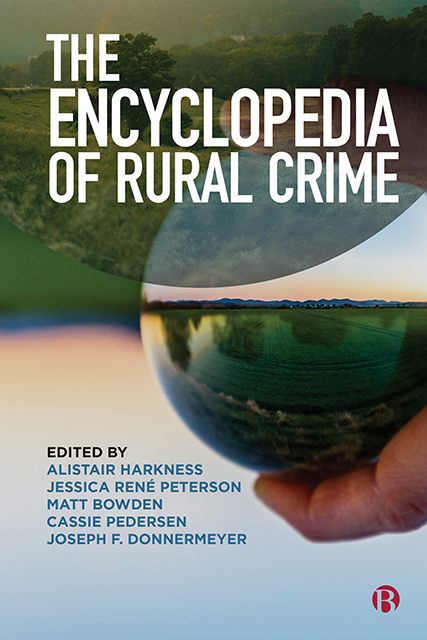Book contents
2 - Classical Theories and Contemporary Legacies
Published online by Cambridge University Press: 20 June 2023
Summary
Theory in criminology is a socially constructed framework to explain why people commit crimes, what kinds of crimes they commit and why some people are more likely to be victims than others. One important point made in popular contemporary criminological theory books, such as by Lilly et al and Burke, is that theory is socially constructed because the main authors and proponents of a particular theory acquired their perspective by attending university classes in criminology or an allied scientific discipline, reading numerous books and articles, discussing their ideas with colleagues at professional meetings such as the European Society of Criminology, writing down their version of a criminological explanation, sharing it with colleagues, publishing it as a book or article and then revising it based on the suggestions and criticisms of peers. Hence, criminological theory is a living thing, not a static thing.
Criminology as a science began to develop in the nineteenth century, and matured into its present form during the twentieth century. Its development continues in the twenty-first century. The first fully articulated theories of crime were very much biased toward individualistic explanations of criminal behaviour. Early scholars associated with such names as Beccaria, Bentham and Lombroso, amongst others, sought to explain criminal behaviour and its deterrence by considering the traits that lead to illegal actions and how they could be deterred through punishment. They did consider macrolevel factors in the context of juxtaposing concepts of human free will with constraints imposed by society.
As the field of criminology advanced, these theories become increasingly less salient. In the twenty-first century, however, biosocial theories of criminal behaviour have emerged. Instead of Lombroso’s so-called bumps on the head, today’s biosocial theories seek to understand how such individual traits as hyperactivity, susceptibility to alcoholism and other addictions and a slew of other physical, mental and psychological traits are correlated with criminal behaviour. A second contemporary variant on biosocial theories focuses on traits that reduce the chances of criminal behaviour, such as a more developed empathy for others.
Succeeding various nineteenth-century criminological theories came a much greater sociological focus on crime and society in the twentieth century.
- Type
- Chapter
- Information
- The Encyclopedia of Rural Crime , pp. 16 - 19Publisher: Bristol University PressPrint publication year: 2022



